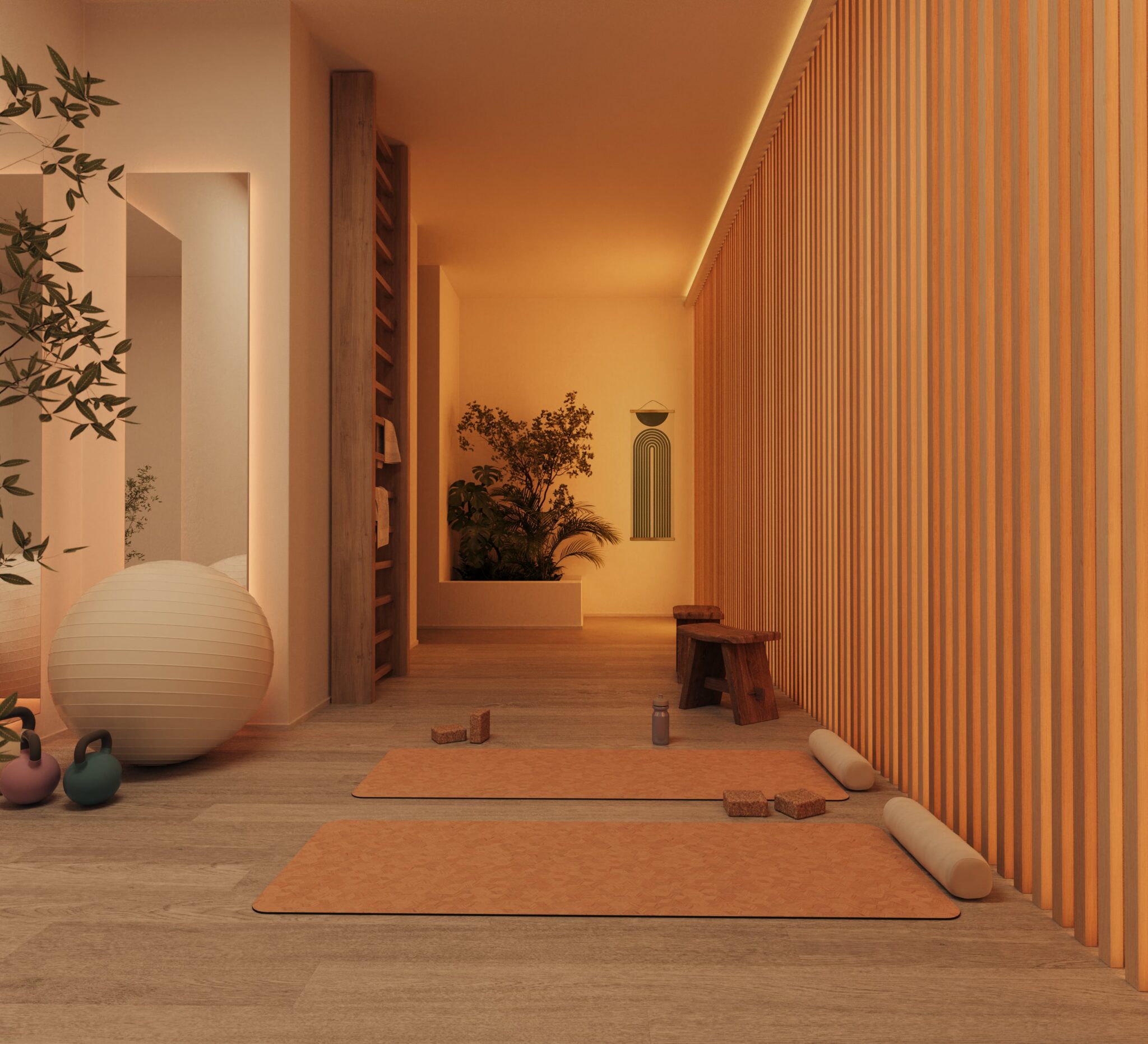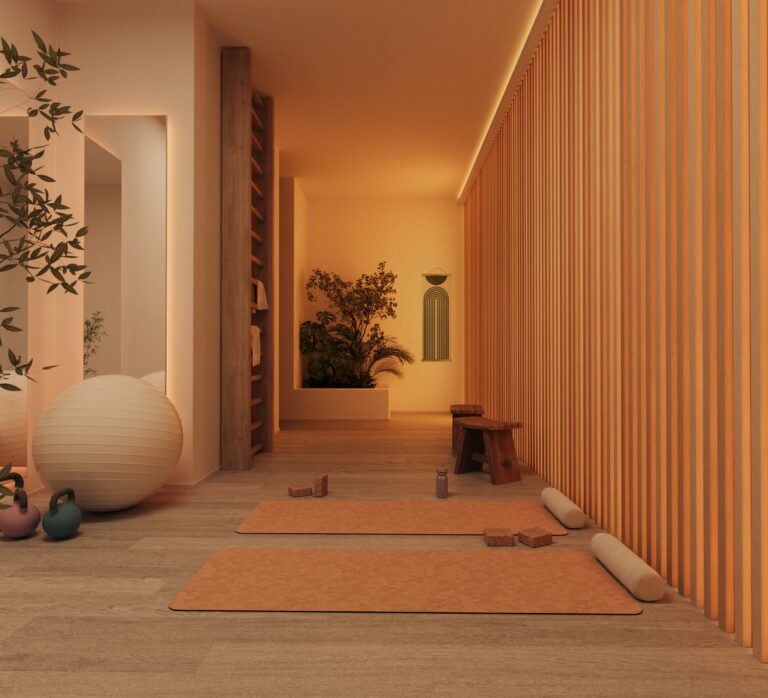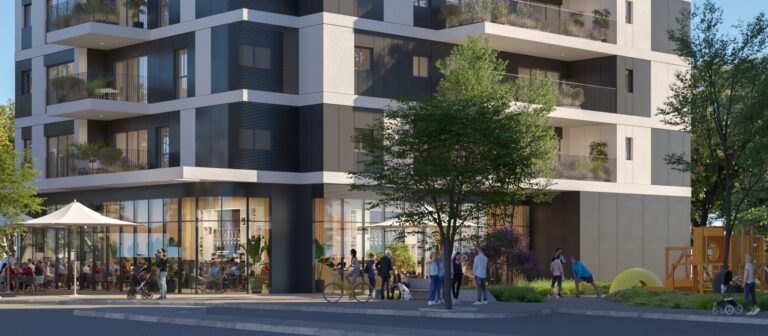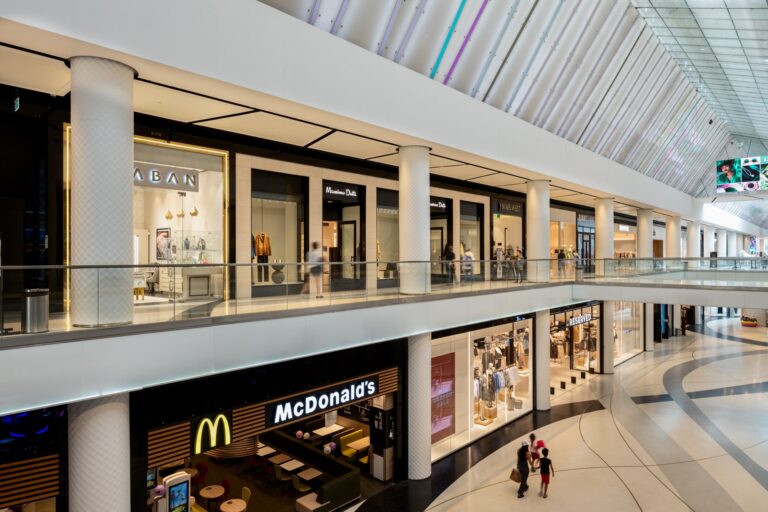Designed workspaces, a residents' club, and rooftop gardens – all within one building. These shared spaces redefine urban living and create a rich and diverse living environment. How do they impact our quality of life, and why have they become a leading standard in urban construction?
The future of urban living is set to change with the return of shared spaces in residential buildings. A gym or Pilates studio, a designed workspace, and a magical rooftop garden – all bring back a sense of community to the city, save time, and even contribute to reducing pollution and fostering greener living. How have shared spaces returned to our lives, and what is their advantage for the modern city?
The integration of shared spaces in residential buildings is part of a cosmopolitan concept embedded in the daily life of many cities, such as residents' clubs in luxury buildings in New York, traditional community spaces in Tokyo, or the co-housing concept in Copenhagen. These living approaches are not a result of necessity, but rather an integral part of urban quality of life, and they also have a direct impact on property value.
Zoom in slippers: The next generation of hybrid work
In the era of hybrid work, shared workspaces offer an ideal alternative for those who work from home part of the week or need a few hours on the computer away from the hustle and bustle of family life. The workspaces of the 21st century are designed for comfort, equipped with advanced tools or technologies that enable easy connection to the work environment, and above all – they will be within walking distance from home. And of course, there is also an aspect of sustainability: the ability to work from home will eliminate the need to drive a private car, reduce air pollution, and even decrease traffic on the roads.
The new urban community
In recent years, shared spaces have taken a central role in the local real estate market. Buildings offering well-equipped residents' clubs, yoga or meditation studios, are considered luxury assets, and the demand for this residential model is steadily increasing. "Urban living is no longer just about a prime location near entertainment hubs," explains Blue Square Real Estate, one of the leading companies in the field, promoting the trend of shared spaces in Israel. "People are looking for a living environment that provides a complete lifestyle package – a comfortable place to work, a space for sports, and a green garden where you can go up in the evening with a drink and meet the neighbors from the 4th floor."
Green rooftops and shared coffee
The Israeli model draws inspiration from leading cities worldwide, such as Singapore's Sky Gardens, which have turned city rooftops into magical gardens with shaded seating areas, or Tokyo's shared gardens, which combine Japanese tradition with a distinct fondness for technology. Of course, local planning integrates the benefits of the Israeli sun with landscape development, promoting designs that contribute to a sense of connection to nature, with options for community gardening, or simply a pleasant space where children can meet to play, and parents can enjoy a relaxing coffee or have a shared picnic on a Saturday morning.
Creating an organic community
The traditional construction of the 1950s, with workers' dormitories featuring shared laundry rooms and an attempt to replicate kibbutz life, has made way for stylish residents' clubs with guest rooms, a cozy lounge, and sometimes even play areas for children or event halls. These spaces contribute to creating both planned and spontaneous interactions between residents, fostering natural acquaintance and friendship among building neighbors, creating a community that develops completely organically.
Beyond the bottom line
The global real estate market also indicates a correlation between shared spaces and property value. Projects that integrate community spaces show a consistent increase in demand. These properties are characterized by attractive returns on investment and high resilience to market volatility. This is due to their ability to attract a strong population and maintain a consistent living standard over time..
In conclusion, it seems that shared spaces are bringing community life back into our lives, with a new approach to urban living that combines a variety of facilities within the home environment, alongside concepts of sustainability, comfort, and shared space right next to home.




